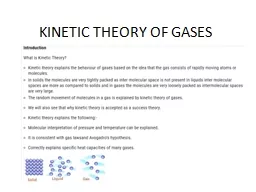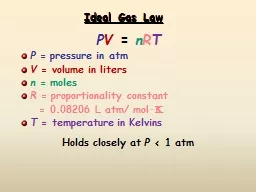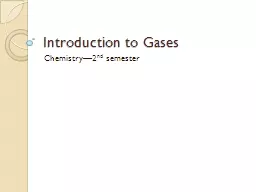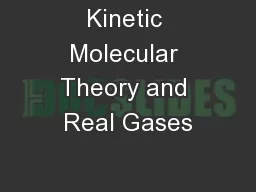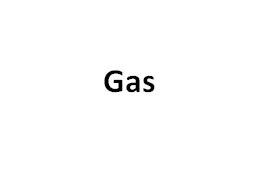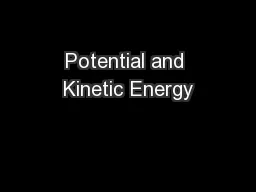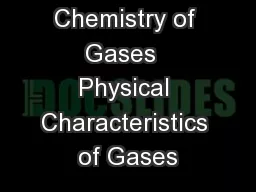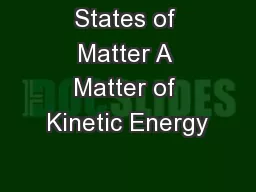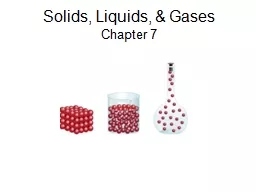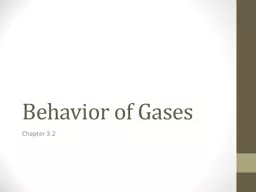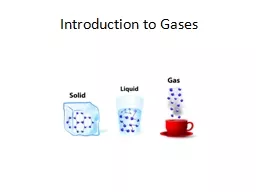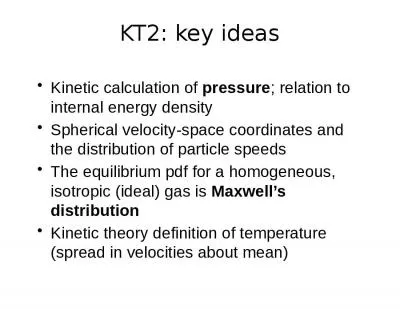PPT-KINETIC THEORY OF GASES BOYLE’S LAW
Author : WatercolorWanderlust | Published Date : 2022-07-27
CHARLES LAW AND GAYLUSSAC LAW DALTONS LAW OF PARTIAL LAW OF PRESSURE ROTATIONAL DOF DOF DOF EXPRESSION OF MEAN FREE PATH NUMERICAL
Presentation Embed Code
Download Presentation
Download Presentation The PPT/PDF document "KINETIC THEORY OF GASES BOYLE’S LAW" is the property of its rightful owner. Permission is granted to download and print the materials on this website for personal, non-commercial use only, and to display it on your personal computer provided you do not modify the materials and that you retain all copyright notices contained in the materials. By downloading content from our website, you accept the terms of this agreement.
KINETIC THEORY OF GASES BOYLE’S LAW: Transcript
Download Rules Of Document
"KINETIC THEORY OF GASES BOYLE’S LAW"The content belongs to its owner. You may download and print it for personal use, without modification, and keep all copyright notices. By downloading, you agree to these terms.
Related Documents

